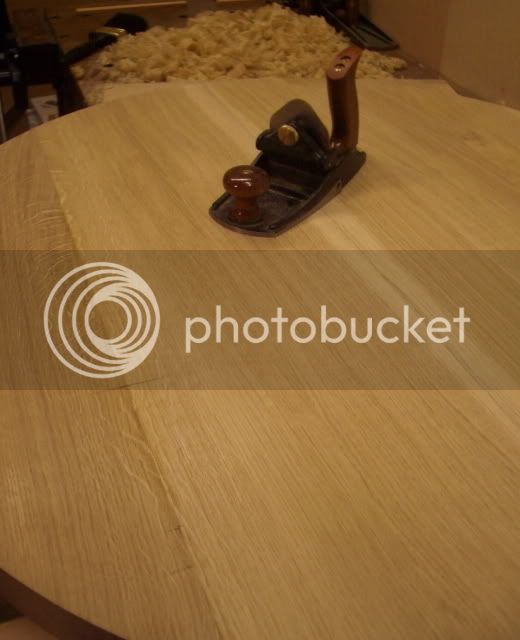If it is bevel down (i.e. trad) then altering the honing angle won't have any effect at all on the cutting angle, it will just reduce the clearance angle. For a steeper cutting angle you will need a different frog.
That is why BU planes are so much easier for this kind of work, you can just hone at a steeper angle without needing a steeper frog.
If you have a spare plane iron that fits, you could try honing a back bevel. This does increase the cutting angle (by however many degrees of BB you hone). The problem is that to revert to normal requires considerable grinding, so it shortens the life of the blade if you do it a lot. It's best to keep a separate iron for BBs.
Of course, the same is true of BU irons, you have to remove material to regain the original grind angle, but it is not quite so bad as a trad bevel down plane.
S

































